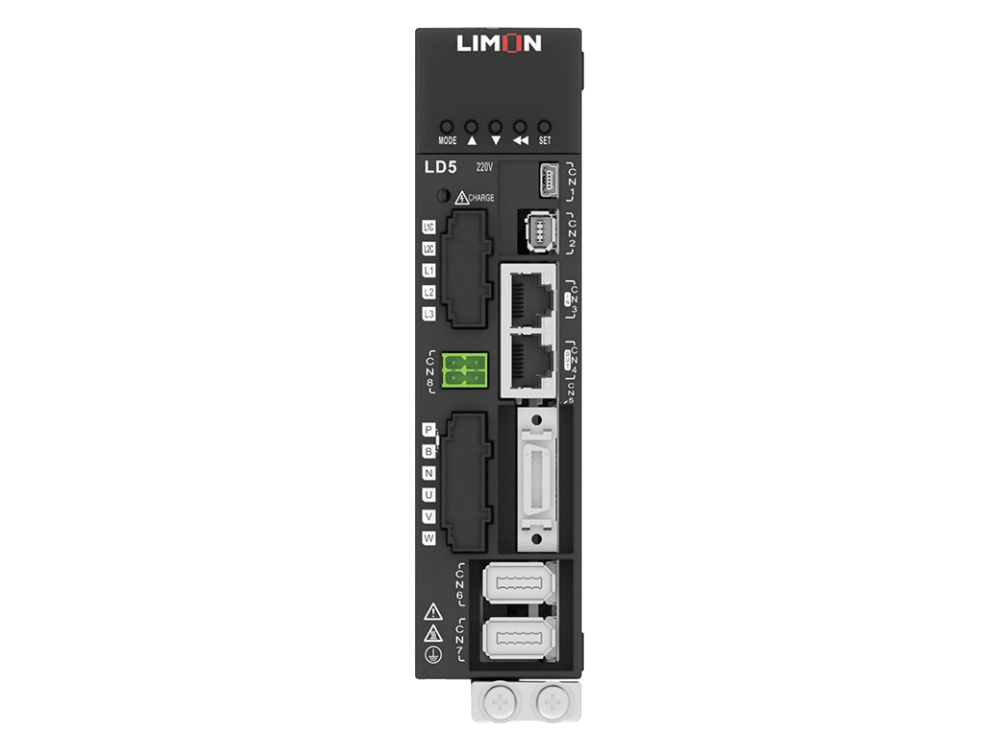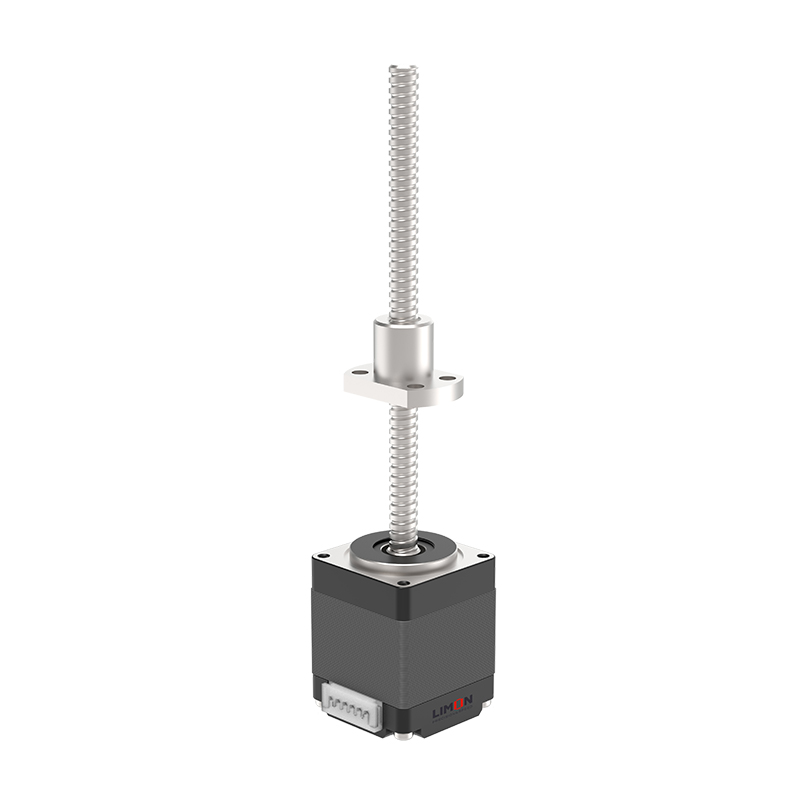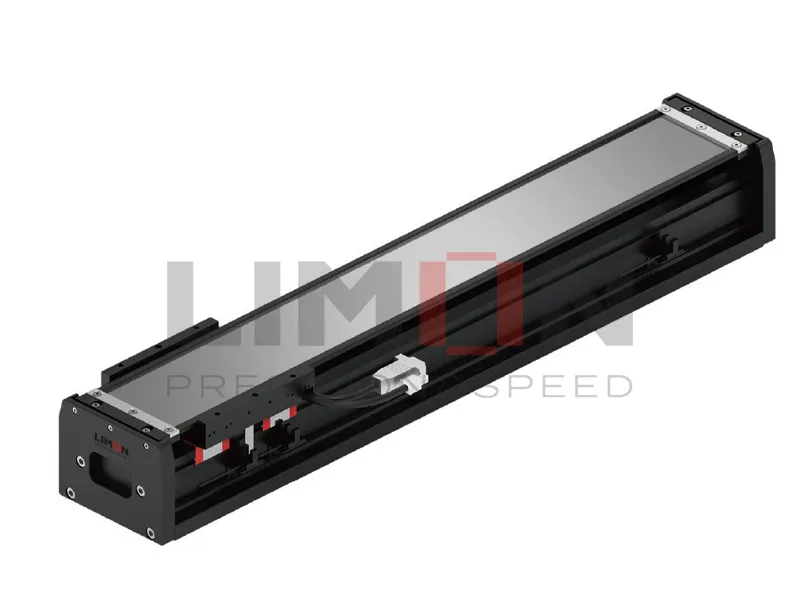Improper installation or tolerance errors in ball screw systems cause vibration, backlash, and premature failure. Optimizing ball screw conditions ensures high performance, precision, and long service life.
Ball screw performance depends on factors like lead angle accuracy, mounting surface flatness, axial clearance, and preload—all critical for motion accuracy and reliability in precision machinery.
Explore the essential conditions that influence ball screw functionality and durability.

Lead Angle Accuracy
Lead angle accuracy refers to how precisely the thread pitch of the ball screw is machined and how consistently it translates rotary motion into linear displacement. Even slight deviations can accumulate over long travel distances, causing mispositioning, lost steps, and mechanical misalignment.
This parameter is typically defined by the lead accuracy grade, such as C0, C3, C5, or C7 (as per ISO 3408 or JIS B1192 standards). For example:
C0: ±3 μm per 300 mm
C3: ±7 μm per 300 mm
C7: ±50 μm per 300 mm
The higher the precision grade, the more consistent the thread geometry, ensuring tight synchronization between control input and actual movement. High-grade lead accuracy is essential in:
CNC machine tables
Semiconductor stages
Optical assembly systems
Poor lead angle accuracy results in uneven motion, backlash, and torque variation. In servo-controlled systems, it can disrupt the feedback loop and lead to positioning errors. Therefore, proper lead angle calibration and certification are vital for high-precision ball screw applications.
Accuracy of the Mounting Surface
The flatness and parallelism of the ball screw’s mounting surface directly impact system alignment and motion stability. Even when using a precision-ground ball screw, if the support surface is uneven or warped, it introduces deflection, preload inconsistency, and vibration.
Critical aspects of mounting surface accuracy include:
Flatness Tolerance: Typically within 10–20 μm across the full travel length
Parallelism to Linear Guides: Ensures nut and screw shaft travel in sync
Perpendicularity of End Supports: Prevents misalignment during high-speed rotation
Incorrect mounting surfaces cause:
Abnormal torque
Increased wear on balls and raceways
Early fatigue or ball return system jamming
Noise and heat generation
Proper alignment fixtures and shims are often used to fine-tune mounting accuracy. In high-end applications, laser interferometers or dial indicators check for pitch errors and angular misalignment post-installation.
Ultimately, even a high-precision ball screw will underperform if the mechanical base or housing doesn’t support its geometry accurately.
Axial Clearance
Axial clearance, or backlash, is the amount of free movement between the ball screw nut and shaft when no load is applied. It is measured along the axis of movement and is one of the most critical parameters affecting positioning accuracy and motion smoothness.
Types of axial clearance:
Positive Clearance: Small amount of free play; cheaper but less precise
Zero Clearance: No movement between components when switching direction
Negative Clearance (Preload): Slight interference for enhanced rigidity
Issues caused by excessive axial clearance:
Lost motion during direction reversal
Reduced positioning accuracy
Degraded surface finish in machining
Vibration and resonance at high speed
Most modern ball screws are designed with built-in compensation features to control or eliminate clearance. Methods include:
Oversized balls for tighter fit
Double-nut preloading with a spacer
Adjustable shims or split nuts
Applications that require high-precision bidirectional motion—such as laser cutters, robotics, or optical stages—must eliminate axial clearance entirely or maintain it below a defined threshold (typically <0.01 mm).
Clearance monitoring is also part of routine inspection to ensure the ball screw assembly remains within operating tolerance over time.
Preload
Preload is the intentional application of internal force within a ball screw to eliminate axial play and increase system rigidity. It’s a design strategy rather than a flaw—it reduces vibration, improves response time, and enhances positional accuracy.
How preload is applied:
Oversized Balls: Fitted into the nut to ensure tight contact
Double Nut Preload: Two nuts compressed against each other with a shim
Offset Pitch: The ball track pitch is slightly smaller than the screw lead
Preload Classes:
Light (1–2% of dynamic load): Reduces vibration, suitable for general applications
Medium (3–5%): Balances stiffness and life expectancy
Heavy (6–8%): Maximum rigidity, ideal for high-speed or high-precision machines
Advantages:
Eliminates backlash
Increases torsional and axial stiffness
Improves natural frequency (less prone to resonance)
Enhances contour accuracy in CNC paths
Drawbacks:
Increased friction and heat
Reduced lifespan due to higher internal stress
Higher torque demand on motor/drive
Therefore, preload must be carefully selected based on the application. Too much preload may shorten service life, while too little may cause system instability. Proper preload enhances the dynamic response and precision of the ball screw, especially in servo-driven or fast-accelerating applications.
Ball Screw Conditions Comparison Table
| Condition | Definition | Impact on Performance | Optimization Method |
|---|---|---|---|
| Lead Angle Accuracy | Precision of the screw’s thread pitch and helical geometry | Affects linear positioning accuracy and cumulative error | Use high-grade ball screws (C0–C5); certified calibration |
| Mounting Surface Accuracy | Flatness and alignment of the base and support structure | Prevents misalignment, vibration, and uneven torque loads | Surface grinding, laser alignment tools |
| Axial Clearance | Play between nut and screw shaft along the axis | Causes backlash, positioning errors, reduced repeatability | Apply proper fit; use double nuts or oversized balls |
| Preload | Internal tension to eliminate clearance and increase rigidity | Enhances stiffness and response, reduces backlash, but increases wear | Choose preload class (light to heavy) based on application |
Summary
Ball screw performance depends on lead accuracy, surface flatness, axial clearance, and preload—each must be optimized for precise, reliable motion.For further questions please contact [email protected]


_1.jpg)

